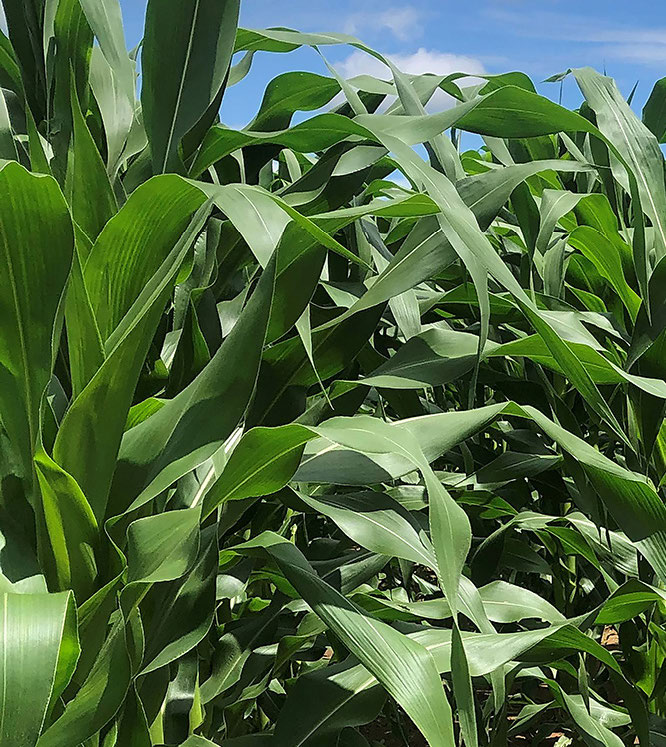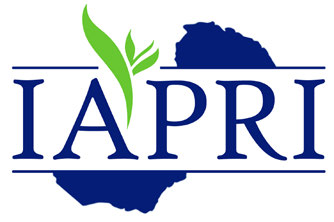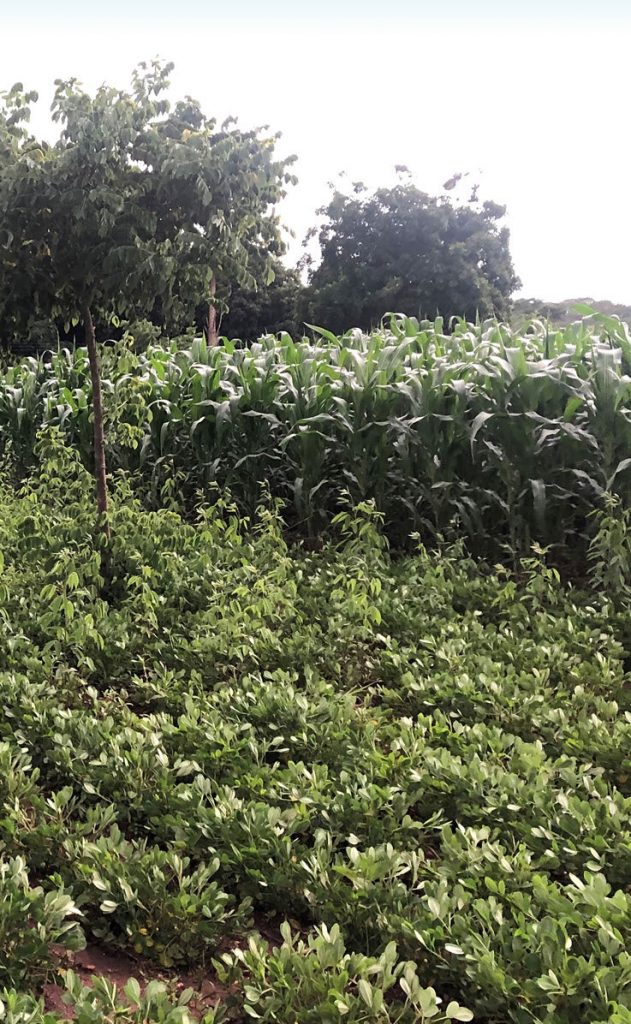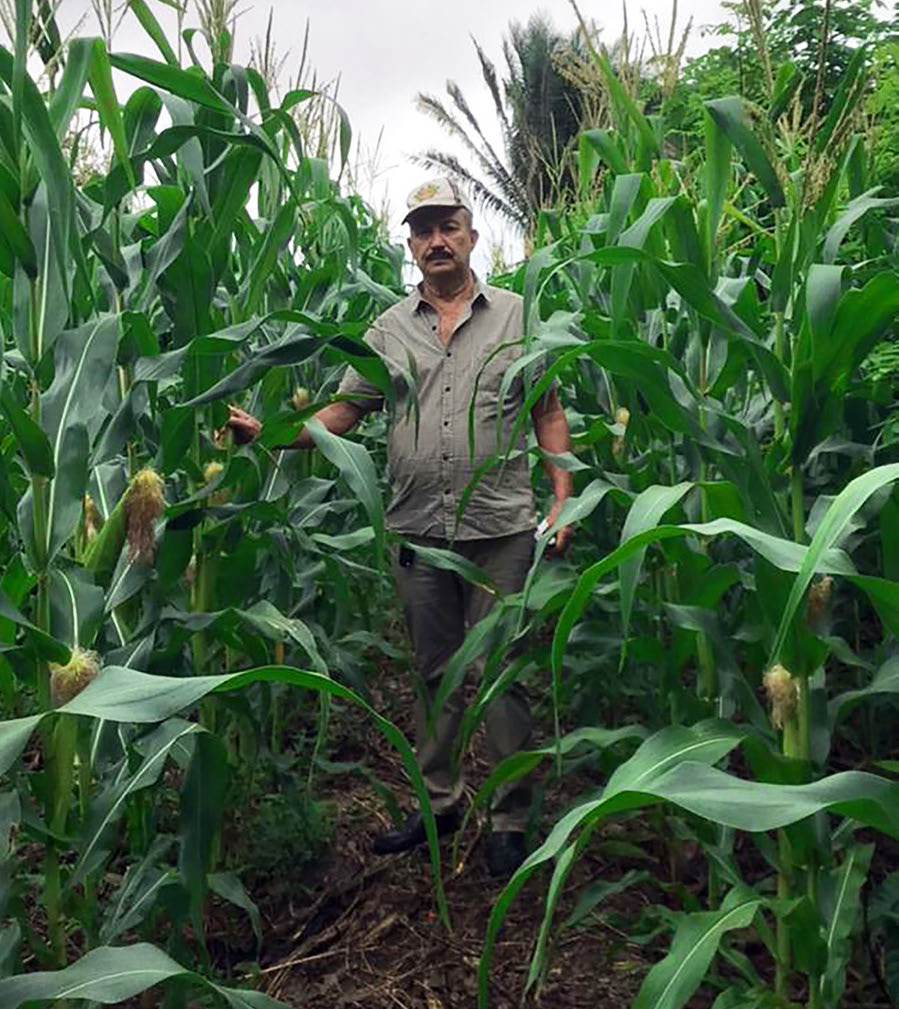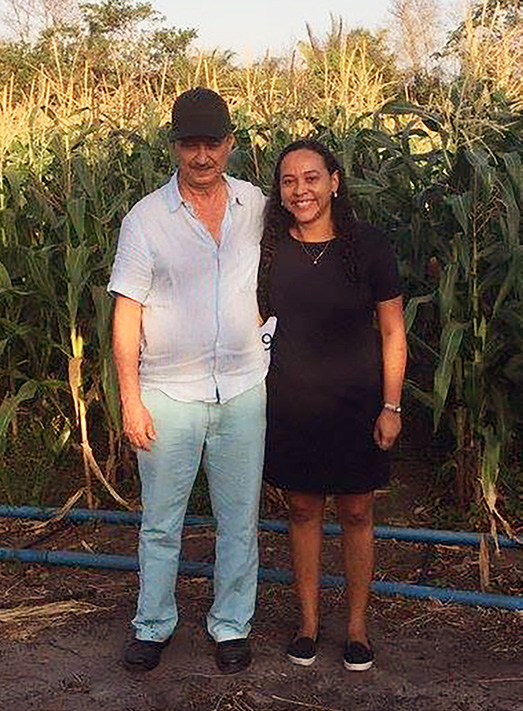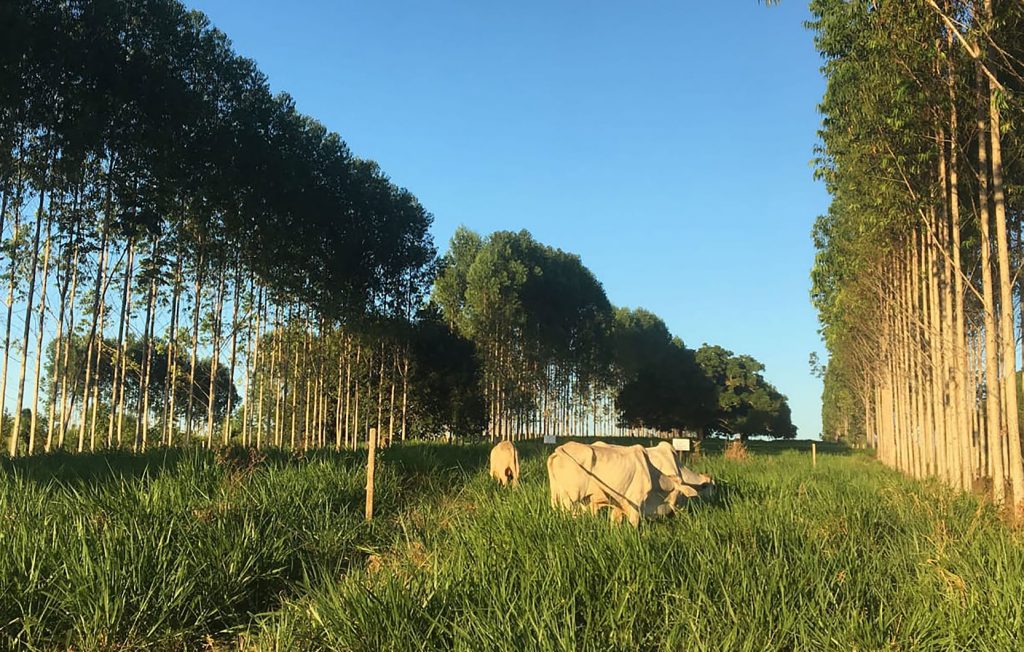FOR INFORMATION:
Byron Rath +1-919-230-0343
brath@soilhealthinstitute.org
Research Triangle Park, NC, June 9, 2021 – The Soil Health Institute (SHI), the non-profit charged with safeguarding and enhancing the vitality and productivity of soils, announced today its much-anticipated annual meeting will be held on August 11 and 12, 2021. This year’s theme is “Enriching Soil, Enhancing Life” and the event will be hosted virtually.
“Enriching Soil, Enhancing Life” is designed to connect and advance the science, adoption, and environmental benefits of soil health. A wide array of practical information, research, and actionable takeaways will be presented that is relevant to farmers, agribusiness, consultants, scientists, field conservationists, government, and non-governmental organization professionals around the world.
The two-day event will feature six plenary sessions:
- Farmers’ Experiences with Adopting Soil Health Systems
- Business Case for Regenerative Soil Health Systems
- Agricultural Input Impacts on Soil Health
- Climate Change Mitigation and Adaptation through Soil Health
- Establishing Soil Health Interpretations for Farmers and Conservation Planners
- Understanding and Managing the Soil Microbiome
Each day, sessions will run from 10 a.m. to 12 p.m. ET, break for an hour, then resume from 1 p.m. to 3 p.m. ET.
“We’re at a critical juncture in the fight against climate change,” said Dr. Wayne Honeycutt, CEO of the Soil Health Institute. “Our organization hosts this event to connect more people to the most recent science behind soil health to empower implementation of practices and soil health systems that not only benefit farmers’ livelihoods but can significantly reduce greenhouse gas emissions, nutrient runoff, and provide many other environmental benefits worldwide.”
ABOUT SOIL HEALTH INSTITUTE
The Soil Health Institute is a global non-profit with a mission to safeguard and enhance the vitality and productivity of soil through scientific research and advancement. We bring together leaders in soil health science and the industry to help farmers, ranchers, and landowners adopt soil health systems that build drought resilience, stabilize yield, and benefit their bottom line. The Institute’s team of scientists, holding doctorates in various soil science and related disciplines, has developed highly effective soil health targets and standardized measurements to quantify progress at achieving regenerative and sustainable agricultural systems, and leads the cutting-edge fields of carbon sequestration and decoding the soil microbiome. Healthy soils are the foundation for rejuvenating our land. Together, we can create a secure future for all, mitigate the effects of climate change, and help agriculture and organizations meet production and environmental goals at scale. Visit soilhealthinstitute.org to learn more and follow us on LinkedIn, Twitter, and Facebook.
